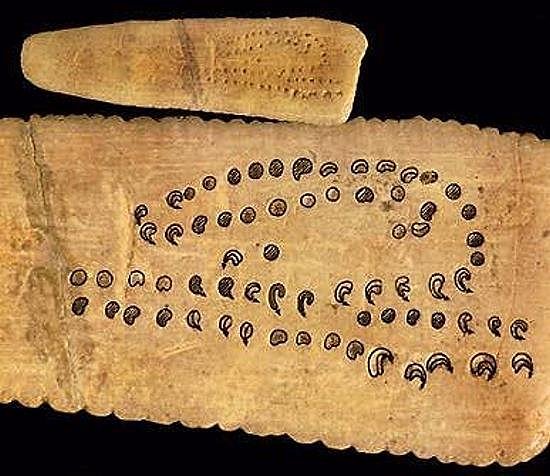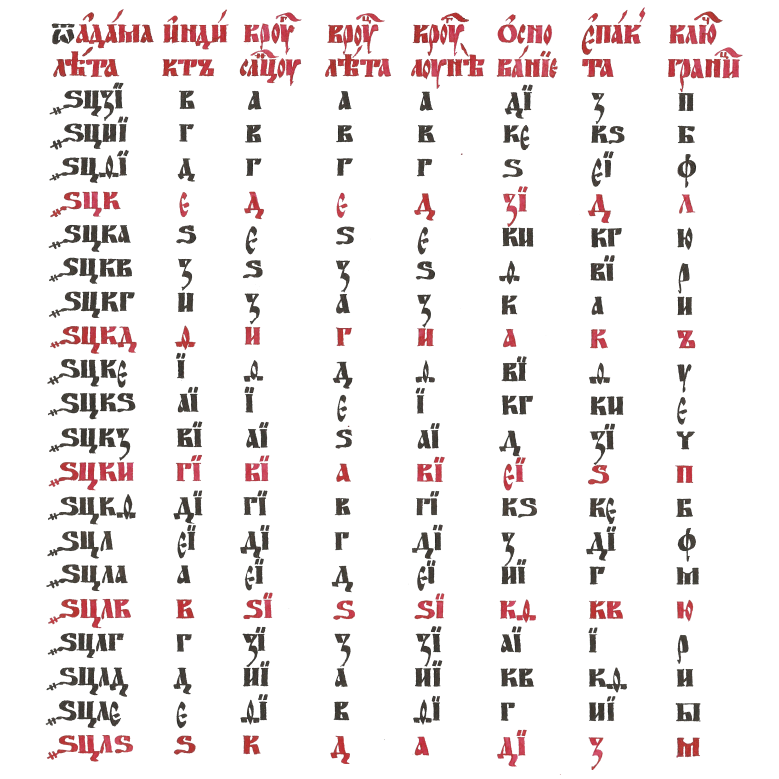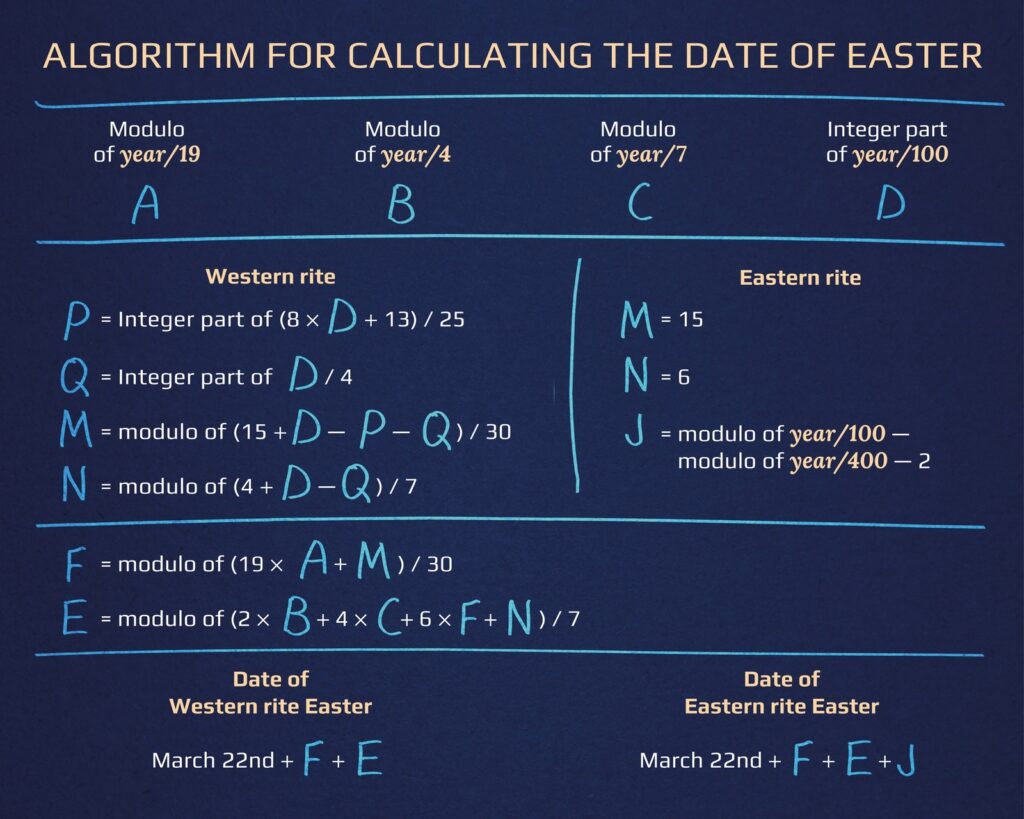This year, Christians of the Western rite — it includes primarily Catholics, but also adherents of Protestant and several other churches — celebrate Easter on April 9. Believers of the Orthodox denomination mostly adhere to their own Easter, according to which this holiday falls on April 16. There are years when the difference between the Easter dates of different traditions reaches 4 or 5 weeks, and sometimes they coincide. Why does this happen? To answer this question, we will have to delve into the intricacies of chronology and remember a little astronomy.

According to the lunar calendar
According to biblical descriptions, the events related to the crucifixion and resurrection of Christ took place on Friday-Sunday after the beginning of the Jewish celebration of the Old Testament Pesach. It falls on the 14th of Nisan, the seventh month of the ancient Jewish calendar. The problem is that this calendar was lunar, that is, its dates constantly “changed position” relative to the dates of the solar calendar, introduced in the Roman Empire by Julius Caesar in 45 BC. So, in order to know when to celebrate Easter, you must first “calculate” Pesach.
It must be said that the time reference system based on the movement of our natural satellite appeared earlier than others, and the reason for this is simple: observing the change of its phases and determining its complete cycle is much easier than following the movement of the Sun through the ecliptic. The first lunar calendars carved in stone date back to about 8000 BC. But the main function of the calendar is not descriptive, but predictive: it should allow you to plan some events in the future. Therefore, it is necessary not only to observe the phases of the Moon, but also to be able to calculate them in advance, and it would also be very desirable to “tie” the lunar cycles to the annual cycle, which is more important in human activity.

The average duration of a synodic month, that is, a complete change of lunar phases, was determined with good accuracy by the ancient Sumerians: according to their calculations, it was 29 and a half days. Much later, it was possible to calculate the more or less exact duration of the Earth year — by the Julian calendar it was equal to 365.25 days. The “lunar year”, consisting of 12 synodic months, was 11 days shorter, and to compensate for the difference, it was necessary to “stick in” another month every three years.
From Meton to Indicton
Finally, in 433 BC. the ancient Greek astronomer and mathematician Meton of Athens proposed a 19-year cycle as the basis of the calendar — it was with this period that the lunar phases “fell” on the same “solar” dates (it corresponds almost exactly to the 235 synodic months). This cycle is now known under his name. Its “difference” with the Julian calendar also turned out to be small, and it was this fact that contributed to the creation of systems for calculating future Pesach dates.
Further, it would seem that everything is simple: to calculate the date of Easter, “tied” to Sunday, you need to reconcile the lunar calendar with the more current Julian calendar, where the full cycle of “returning” dates to the same days of the week is 28 years (a four-year leap period, multiplied by for the number of days in a week). The most obvious proposal was put forward by the Roman chronicler of the 5th century AD, Victorius of Aquitaine. He multiplied the duration of both cycles — calendar and Meton’s — and got a period of 532 years. Later, this period was called the “Great Indiction”.
As early as in the 6th century, the Roman abbot Dionysius Exiguus, commissioned by Pope John I, began compiling Easter tables for a longer period of time. He had at his disposal both astronomical observations of the past and the calculations of his predecessors. Some requirements of the then church canon were also taken into account: for example, if Pesach fell on a Sunday, then Easter had to be celebrated a week later. March 21 was accepted as the date of the vernal equinox, after which the “Easter full moon” was supposed to occur (to which, in turn, Pesach is “tied” in the lunar calendar). It was believed that every next 532 years the dates of the Christian Easter would repeat themselves in the same sequence.
Without looking at the sky
In fact, Christians of the Eastern Rite still use the tables of Dionysius Exiguus (with minor modifications). This is not least due to the fact that the date of Easter in such a reference system is relatively easy to calculate for an arbitrary year without looking at any tables. It is also worth reminding that it is to this chronicler that we owe the emergence of “our era”, i.e., the calendar “from the Nativity of Christ”. Although in reality, for almost a thousand years, the Christian world lived according to the calendar “since the creation of the world”, which is “ahead” of the calendar we are used to by 5508 years.

But such an Easter has nothing to do with the real phases of the Moon. The fact is that Meton’s cycle is only approximately 19 years. The error gradually accumulates, and after 310 years the date of the calculated “Easter full moon” will differ from the astronomical one by one day. Moreover, already medieval astronomers, having received better instruments for observing the movement of the Sun, discovered or that the exact moment of the vernal equinox does not actually occur on March 21 and gradually shifts to earlier dates. This entailed the need for a calendar reform, which was carried out by Pope Gregory XIII on October 4, 1582. According to his bull, the next day after this date became October 15 (without changing the order of the days of the week), and the rule of adding an “extra” day every 4 years was supplemented by the rule of its “non-addition” in each last year of the century, which is not divisible by 400. This calendar is now used by the vast majority of countries in the world, including Ukraine.
Such radical reforms entailed the need to change the method of calculating the date of Easter. On average, it is 13 days ahead of the date calculated by the algorithm of Dionysius Exiguus, but in fact there is no difference between a “Catholic” and an “Orthodox” holiday in 2 or 3 weeks — in about 30% of cases they coincide, in another 30% they are separated by one a week, and in the rest of the cases – 4 or 5. The new algorithm turned out to be significantly more complicated, but it should be noted that it is also not related to the real movement of celestial bodies in any way, being only an artificial mathematical construct. For example, it uses a fixed date of March 21st as the date of the vernal equinox, although anyone involved in astronomy knows that it now more often falls on the 20th.
“Starry Easter”
Some readers may have another question at this point. Modern mathematical methods and computers allow us to predict with great accuracy the movement of the Sun, Moon and major planets thousands of years into the future. Why does the church not use these calculations to introduce the celebration of the “correct astronomical Easter”?
In fact, such attempts have already been made — as early as the 18th and 19th centuries, Protestants in Germany and Sweden used tables of lunar phases compiled by Johann Kepler to establish a “more accurate” date for this holiday. Later, they returned to the practice of most Protestant churches, which decided to focus on Catholics in this matter. This was facilitated by the revival of inter-religious dialogue after the First World War.

In 1923, a large meeting of church hierarchs was held in Constantinople, representing mainly Orthodox churches. At it, the project of the so-called “Revised Julian calendar” was generally approved and a proposal was put forward to completely abandon the “Great Indiction” in favor of the astronomical calculation of the date of Easter. It was designated as the first Sunday after the first full moon, immediately following the vernal equinox, which was determined according to astronomers’ calculations for the meridian of Jerusalem. In contrast to this, the idea arose to simply assign the celebration to the Sunday following the second Saturday of April in the Gregorian calendar. The discussion of both proposals was delayed — it is known that these issues were supposed to be raised at the All-Orthodox Council in 2016. But even then, the final decision was not acceptable. Therefore, different denominations continue to celebrate Easter in their own way, and its date has nothing to do with heavenly events…

